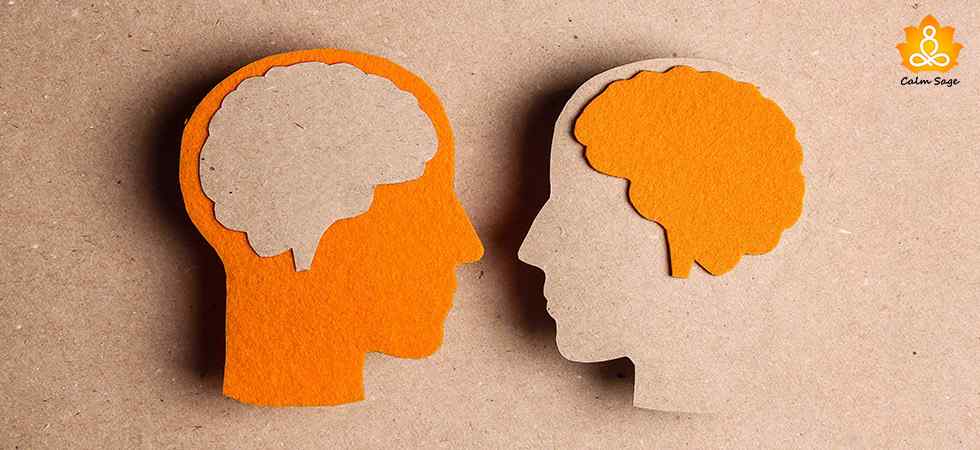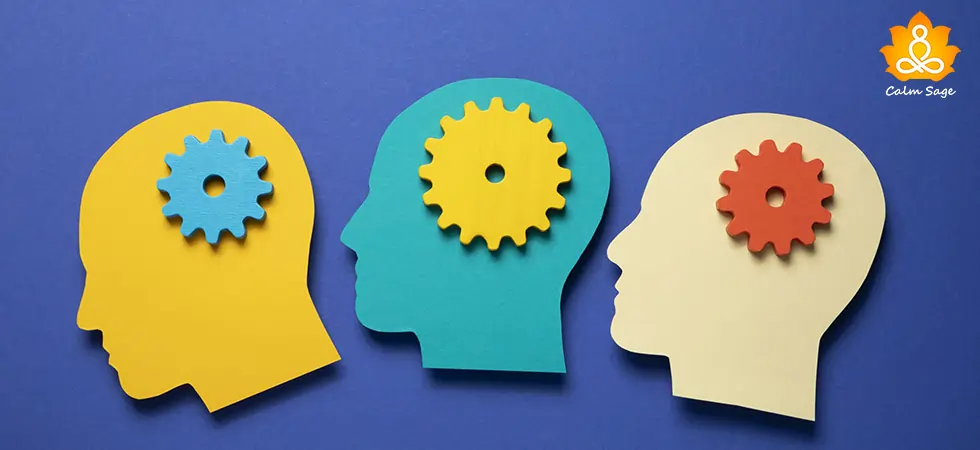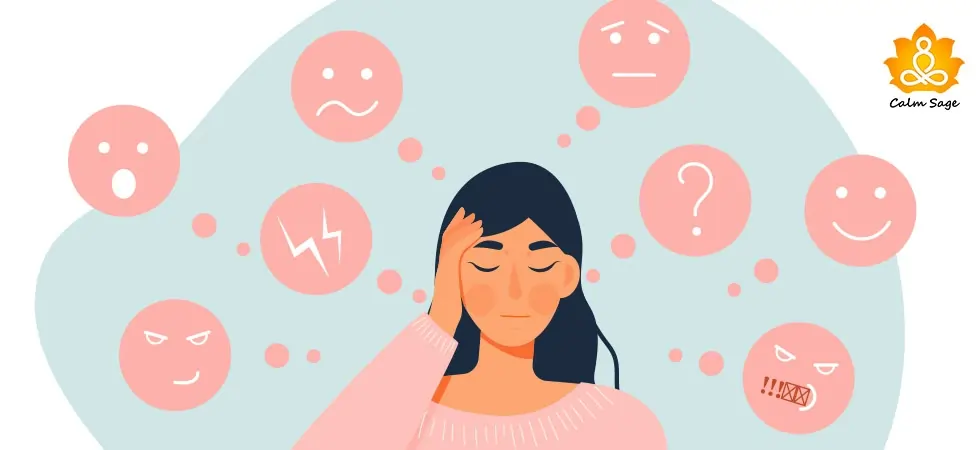Exploring The Types Of Communication Disorders

According to psychology, communication disorders (CD) are the inability to send, receive, comprehend, or process graphic or nonverbal symbol systems. It involves the process of speech, language, social cues, gestures, emotional perception, or hearing. Communication disorders can range from mild to profound in terms of severity. Communication disorders are either developed or acquired through practices or environment.
Communication disorders are majorly found in children and can be caused due to the late development of verbal and nonverbal cues during childhood. It is also possible to have multiple types of communication disorders.
In this blog, we are going to explore the types of communication disorders, symptoms of communication disorders along with treatment strategies.
Related Read: Understanding the different styles of communication
What are Communication Disorders?
Communication disorders are a set of disorders that revolves around receiving, sending, processing, and comprehending information and communication related to concepts, nonverbal, verbal, graphic language, and speech. It can be a single condition in an individual and can also co-occur with other developmental or communication disorders.
Types of Communication Disorders
Generally, there are five types of communication disorders as per the Diagnostic and Statistical Manual of Mental Health Disorders (DSM-5).
- Childhood-onset fluency disorder
- Language disorder
- Social (pragmatic) communication disorder
- Speech-sound disorder
- Unspecified communication disorder
Let us take a deep look at the five types of communication disorders.
1.Childhood-onset fluency disorder
Childhood-onset fluency disorder can also be referred to as stuttering. It basically develops when a child’s speech-related activities are impacted in ways. When speech is impacted in a child, it can interfere with normal patterns and fluency of speech.
It can cause interrupted speech, repeating syllables or sounds, or prolonging sounds. Such impacts can cause social avoidance, anxiety, or disrupted academic or work functioning. In order to be diagnosed with this condition, it is important to check that the condition is developed in early developmental stages and is not caused due to any other mental health condition.
2.Language disorder
Language disorder includes difficulties in using or acquitting languages across modalities like the sign, written, or spoken language. People who struggle with using languages find it challenging to create content based on semantics, syntax, phonology (sound system), pragmatics, or morphology (word system).
3.Social (pragmatic) communication disorder
Pragmatic communication disorder or social pragmatic disorder revolves around impairment in nonverbal or verbal communication. This type of communication disorder is basically specific to social interaction.
Accordingly, it does not impact comprehension, which is punctuation or grammar. Individuals with this disorder experience issues in verbal communication, conceptualizing sentences, pragmatics, nonverbal communication, and understanding emotions.
4.Speech-sound disorder
The speech-sound disorder is a challenging and difficult communication disorder that causes articulating speaking words with fluency. It causes trouble in being understood and creates effective communication with people. In order to be diagnosed with this disorder, this condition must interfere with work, academic, and social performance. Additionally, it should not have clashed with medical conditions like brain injury, deafness, a cleft palate, and others.
5.Unspecified communication disorder
Unspecified communication disorder is mostly found in children and also exhibits some major symptoms of other types of communication disorders. Till now, there is no exact diagnosis process for assessing children with an unspecified communication disorder.
Symptoms of Communication Disorders
Symptoms can be different for all types of communication disorders; mostly they are based on common impairment of non-verbal or verbal communication, such as:
- Facial expressions
- Speech
- Language comprehension
- Emotional perception
- Gestures
Causes and Diagnosis of Communication Disorders
The causes of communication disorders are still unknown but research shows that they can be developed or acquired due to the below-mentioned possible causes:
- Substance abuse or use of toxins during pregnancy
- Traumatic brain injuries in the brain
- Tumors in the brain area
- Structural impairments in the brain
- Stroke
- Vocal cord injury
- Viral disease
According to studies, they can also be caused due to other neurological disorders and genetics.
If you think your child might be struggling with communication disorders, it is important to meet all the criteria stated in the DSM-5 and other classification manuals. An individual can only be diagnosed with CD when they display symptoms related to communication and social issues. Below are some of the symptoms that might help with the diagnosis.
Social issues in nonverbal and verbal communication related to:
- Comprehension of indirect communication
- Greetings
- Establishing unwanted social rules during an important conversation
- Transitions in conversations
Moreover, symptoms should be present from childhood and must be impacting:
- Academic or work performance
- Communication during social engagements
- Functioning
- Relationships
Quick Takeaway: Diagnosis of communication disorders is challenging and it can only be done by professionals like audiologists, developmental psychologists, and speech-language pathologists. Therefore, always connect with a certified and experienced professional for better recovery.
Treatment of Communication Disorders
Some of the common and effective treatment modes for treating communication disorders are social skills training and speech and language therapy. Treatment is facilitated in sessions that help in the development of monopoly language and phonology acquisition.
If you think your child is struggling with a communication disorder, speak to a doctor for evaluation. For enhancing communication skills, feel free to connect with a medical professional.
Please Note: We have provided this material as information. It is not intended as a substitute for medical expertise or advice. We strongly encourage you to discuss any decisions about treatment with a certified mental health provider.
I hope this blog helps you understand the types of communication disorders and their treatment processes. For more such content, connect with us on all social media platforms.
Thanks for reading!




















